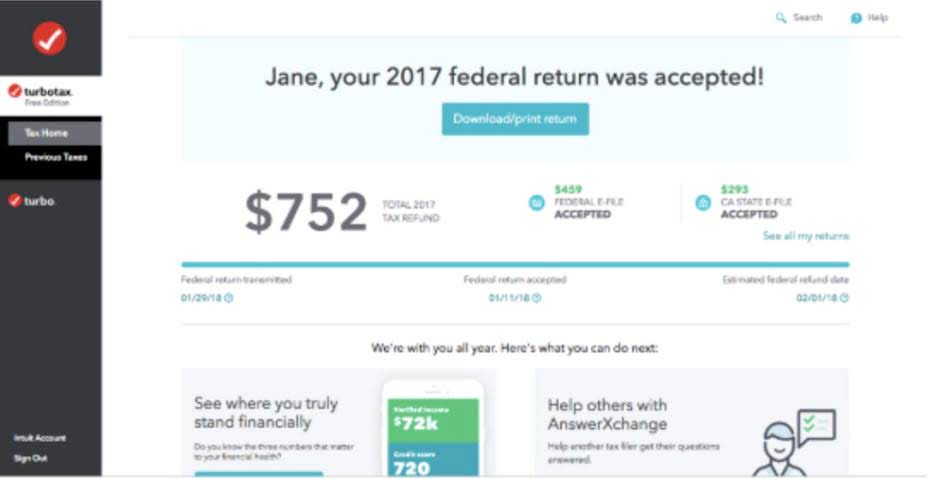
Present value, often called the discounted value, is a financial formula that calculates how much a given amount of money received on a future date is worth in today’s dollars. In other words, it computes the amount of money that must be invested today to equal the payment or amount of cash received on a future date. Most sophisticated investors and company management use a present value analysis or discounted cash flow metric of some kind when they are making investment decisions.
Excel Template File Download Form

The rate of return is the estimated annual interest rate that will be received in the future. The number of periods is simply the number of times the interest will compound over time. Present value is a way of representing the current value of a future sum of money or future cash flows. While useful, it is dependent on making good assumptions on future rates of return, assumptions that become especially tricky over longer time horizons.

Analysis
Starting off, the cash flow in Year 1 is $1,000, and the growth rate assumptions are shown below, along with the forecasted amounts. Of course, both calculations also hinge on whether the rate of return you chose is accurate. If you’ve never calculated net present value (NPV) before, the process Accounting Security can feel kind of perplexing. Don’t worry though—once you know the formula, calculating NPV isn’t hard.
Time Value of Money Calculator
You must always think about future money in present value terms so that you avoid unrealistic optimism and can make apples-to-apples comparisons between investment alternatives. We are making 52 monthly payments each year so, our number of periodic payments is 104. We do this to align the interest rate with the periodic payment/compounding frequency.
- For example, $1,000 today should be worth more than $1,000 five years from now because today’s $1,000 can be invested for those five years and earn a return.
- The three broad categories we’ll cover for calculating the present value are annuities, perpetuities, and one-time payouts.
- The two things in the formula that would be affected by compounding frequency are the interest rate and the number of payment periods.
- This is a future payment, so it needs to be adjusted for the time value of money.
- PV calculations make sure the inflationary impact is calculated from either the inflation rate or the expected rate of returns.
Determining the Discount Rate
If the number is fixed assets negative, however, the company will spend more money purchasing the equipment than the equipment will generate over its useful life. After the discount rate is chosen, one can proceed to estimate the present values of all future cash flows by using the NPV formula. Then just subtract the initial investment from the sum of these PVs to get the present value of the given future income stream.

If the period is a year (e.g. you’ve entered « 5 » for the « Number of periods » field and this is a 5-year loan) then you should enter the effective annualized interest rate. If the period is a month, you should enter the effective monthly interest rate instead. As a general rule, enter values with a minus in front of them if they are cash outflows. Similarly, enter « -20 » if you are withdrawing money from an investment or deposit and enter « 20 » if you are depositing $20 to cover the interest or the principal of a loan/credit. Note that only the initial investment is an exact number in the above calculation.
- Management is looking to expand into larger jobs but doesn’t have the equipment to do so.
- What makes NPV a net figure is the adjustment of the initial investment to outline profitability.
- Typically, people use a PV calculator to compute these numbers, but they can also use a present value table.
- If you don’t invest that dollar, you will still have that same dollar bill in your pocket next year; however, if you invest it, you could have more than that dollar one year from now.
- Conversely, a particular sum to be received in the future will not be worth as much as that same sum today.
Imagine someone owes you $10,000 and that person promises to pay you back after five years. If we calculate the present value of that future $10,000 with an inflation rate of 7% using the net present value calculator above, the result will be $7,129.86. Net present value (NPV) is the value of your future money in today’s dollars. The concept is that a dollar today is not worth the same amount as a dollar tomorrow.
📆 Date: June 28-29, 2025🕛 Time: 8:30-11:30 AM EST📍 Venue: OnlineInstructor: Dheeraj Vaidya, CFA, FRM
However, you can adjust the discount rate used in the calculator to compensate for any missed opportunity cost or other perceived risks. This Present Value Calculator makes the math easy by converting any future lump sum into today’s dollars so that you have a realistic idea of the value received. Although this is a great tool present value calculation formula to use when making investment decisions, it’s not always accurate. Since the equation depends on so many estimates and assumptions, it is difficult to be completely accurate. Going back to our example, Bob has no idea that the interest rate will stay at 10 percent for the next 10 years. He also doesn’t know for sure that he will be able to generate $20,000 of additional revenue from this piece of equipment year over year.
